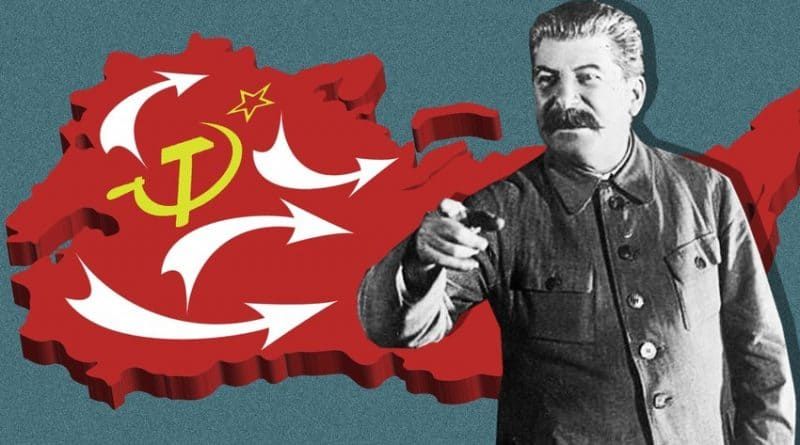Stalin was called the “father of nations” because of his important role in forming republics and resolving interethnic issues. He served as People’s Commissar for Nationalities of the RSFSR since 1917. Then an event took place that provoked fierce controversy even today. Why did Stalin give Donbass to Ukraine?
Passion for independence
The Ukrainian Rada wants independence, and Soviet power cannot be established here for long. In 1917/1918, during the civil war, two territories seeking independence emerged – Ukraine and the Donetsk-Kryvyi Rih Republic. Ukraine is mostly rural. In the Donetsk region, where there are coal mines, as well as in Taganrog, on the shores of the Sea of Azov, live a large percentage of the proletariat. At the same time, the majority of the population has Russian roots.
However, the Germans during the First World War became the executioners of the independence of the two autonomies. They are taking over the territories. Later they directed weapons, but now against the Russian army. And then the Red Army entered Ukraine.
Stalin’s arbitrariness
The situation in Ukraine is tense. Petliura’s uprising against Hetman Skoropadsky broke out. Stalin himself came to Donbass in person. There is evidence that the proletariat in Donbass and the bosses who have already arrived there, the Bolsheviks, simply do not accept Koba-Stalin. The spirit of the Cossacks reigns in these parts and the commander with a Georgian accent simply refuses to obey. In order not to look defeated, Stalin made an arbitrary decision. He offers to get along with the proletarian miners and Cossacks in Kiev. That is, to organize the Ukrainian SSR, which will include both autonomies.
In Moscow, Stalin managed to justify his decision. Ukraine has a predominantly rural population, many dissatisfied with the dispossessed and opponents of Soviet rule. And the proletarians of Donetsk and Luhansk will join the republic and help establish a balance.
Setting boundaries
For some time, the Belgorod region and the Grayvoron district were still part of the Ukrainian SSR. By 1925, part of the Russian territory still returned to Russia – not only Belgorod and the region, but also the cities of Shakhty and Kamensk, as well as Primorsky Taganrog. But the Donbass coal basin remains Ukrainian.
It should be noted that in those days the Bolsheviks were often forced to “entertain” the national republics in order to have a greater desire to be part of the USSR. Thus Kazakhstan received Petropavlovsk – a Russian city, an important transit point. Orenburg was originally the capital of Kazakhstan. Ufa, where the population is predominantly Russian, becomes part of Bashkortostan, and Izhevsk becomes part of Udmurtia.
–


